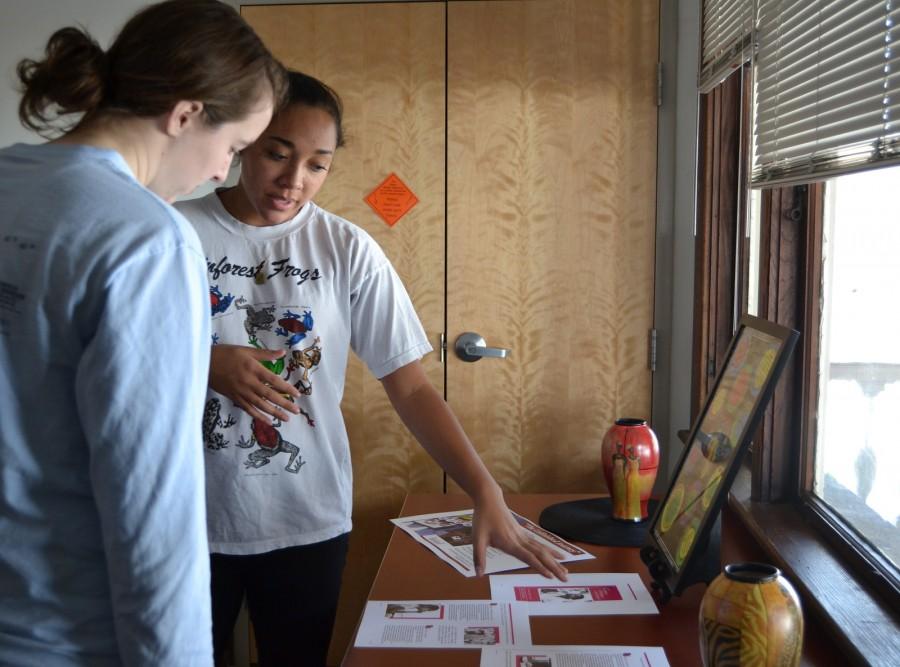BSU shares University history
February 13, 2015
The Black Student Union (BSU) opened a door to the University’s past through the group’s presentation of a Black History Museum in Seventh Street House on Feb. 7. Members of the University community were able to view various artifacts from different time periods that portrayed the University’s racial history.
Beginning in the basement of Seventh Street House, the exhibits were organized chronologically from 1867 to the present, starting with information, newspaper articles, and paintings of the University’s first black students. BSU members were stationed in each room, ready with historical information about each time period. Attendees of the museum were able to learn about racial progress not only in the United States as a whole, but also at the University.
“I discovered so much about the lives of Black individuals at Bucknell, and I found out that they really were advocates for change, and the campus was very receptive to it at the time. Students organized events to combat institutional racism in 1985, and held a forum to discuss these issues. So much was being done in an effort to make my experience here at Bucknell more welcoming,” BSU’s Chair of Community Affairs Dejda Collins ’16 said.
The exhibition carried on throughout the house, and included photographs and past BSU literature, which showed the group’s long lasting presence on campus. Many of these artifacts came from the University’s Special Collections and Archives.
“As a committee, we came up with the idea of showcasing the history of blacks, specifically on Bucknell’s campus. We spent a lot of time over winter break coming up with methods of execution and returned to campus ready to make this happen,” BSU’s Chair of Outreach Messeret Kebede ’17 said.
Once venturing through the different chronological exhibits, attendees were able to enjoy refreshments and converse with BSU members in the living room of Seventh Street House. The museum hosts encouraged conversation and offered to answer any questions visitors might have about the museum or black history at the University.
“I really enjoyed the gallery room that had the slideshow of people that attended Bucknell in the past. I realized that interracial couples were more prevalent back then than they are today at Bucknell. I find this pretty ironic because of the population of blacks increasing,” BSU’s Chair of Programming Kendra Spruill ’17 said.
“I think almost everyone left the museum with a better sense of the struggle that black students have faced on campus, but also with a newfound sense of respect for the initiatives that Bucknell has put in place for these students. From having its very own NAACP chapter to having Spike Lee come to campus, a lot has happened on this campus in terms of the black diaspora, and it was time that individuals knew,” Collins said.






















